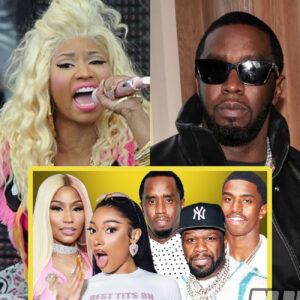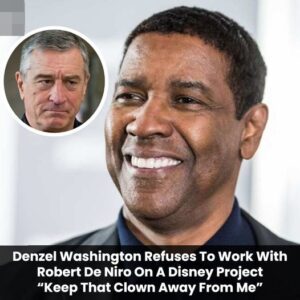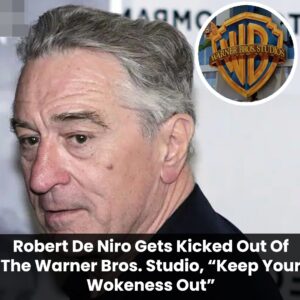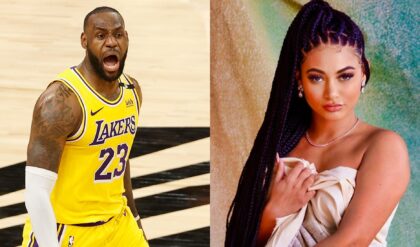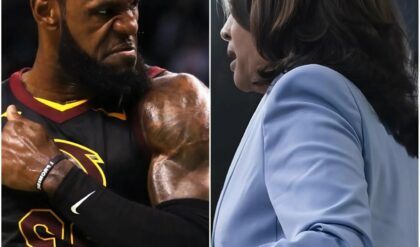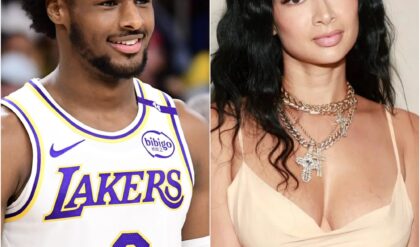## The Oprah-Taraji Drama: Unveiling Hollywood’s Underbelly
The recent spat between Taraji P. Henson and Oprah Winfrey has stirred up a tempest in the entertainment industry, shedding light on issues of underpayment and mistreatment faced by black women. ư
The saga began when Henson candidly revealed her frustrations during the press tour for *The Color Purple*, sparking a wave of controversy that refuses to die down.

### The Color Purple Fallout
Henson’s revelations during her press tour for *The Color Purple* exposed the harsh realities faced by black actresses in Hollywood. She openly discussed her stagnant income since *Proud Mary*, highlighting the systemic issue of underpayment prevalent in the industry. Henson’s emotional breakdown during an interview with Gayle King further emphasized the toll of being undervalued and overworked.
### Backlash and Allegations
However, Henson’s comments didn’t sit well with everyone, particularly Oprah Winfrey. Allegations emerged suggesting that Winfrey was displeased with Henson’s outspokenness, blaming her for the movie’s lackluster performance at the box office. This purported tension between Winfrey and Henson escalated, with rumors circulating about Winfrey’s attempts to blacklist Henson from future projects.
### History Repeats: Monique’s Experience
This isn’t the first time Oprah Winfrey has been accused of blacklisting a black actress. Monique’s experience following her role in *Precious* bears striking similarities to Henson’s situation.
After declining Oprah’s request for an unpaid promotional tour, Monique faced rumors of being difficult to work with, resulting in a significant decline in her career opportunities.
### 50 Cent’s Allegations
Rapper 50 Cent waded into the controversy, accusing Steve Harvey of colluding with Oprah Winfrey to blacklist Henson. He alleged that Winfrey’s influence in the industry was being used to silence dissenting voices, echoing the sentiments of many who feel that Winfrey wields disproportionate power.
### Industry Dynamics
Hollywood’s treatment of black actresses underscores broader issues of inequality and discrimination within the entertainment industry. Despite their talent and achievements, black women continue to face systemic barriers that limit their opportunities and compensation. The disparity in pay and treatment between black and white actresses remains a glaring indictment of Hollywood’s failure to address its ingrained biases.
### The Call for Change
Henson’s courage in speaking out against injustice has ignited a long-overdue conversation about diversity and representation in Hollywood. Her refusal to be silenced in the face of adversity has galvanized support from fans and fellow celebrities alike. The rallying cry for equality and fair treatment reverberates beyond the confines of Hollywood, resonating with marginalized communities everywhere.
### Conclusion
The Oprah-Taraji drama serves as a stark reminder of the challenges faced by black women in the entertainment industry. It exposes the deep-seated biases and inequities that persist despite decades of progress. As the spotlight shines on this controversy, it is incumbent upon Hollywood to confront its systemic failures and embrace meaningful change. Only then can the industry truly live up to its promise of diversity and inclusion.
News
Drama in the Ring! Tyson Fury Terminates John Fury’s Role as Trainer After Brutal Upset by Oleksandr Usyk
In a dramatic turn of events, Tyson Fury has decided to terminate his father John Fury’s role as his trainer following a brutal upset by Oleksandr Usyk. The unexpected loss has sent shockwaves through the boxing community and led to…
(VIDEO) Megan Thee Stallion BAITS Nicki Minaj into another rap beef? | 50 Cent DRAGS Diddy’s son Christian
**Christian Combs Disses 50 Cent and 50 Responds: A Clash of Hip-Hop Titans** In the realm of hip-hop, beefs and controversies are almost as common as chart-topping hits. Recently, a new chapter unfolded in the ongoing saga between Christian Combs,…
Breaking: Gordon Ramsay Throws Robert De Niro Out Of His Restaurant, “Don’t Come Back Here You Woke Baby”
In a dramatic and unexpected turn of events, renowned celebrity chef Gordon Ramsay has made headlines by reportedly throwing Academy Award-winning actor Robert De Niro out of his restaurant. The incident, which has sparked widespread media attention and public debate,…
(VIDEO) Joe Rogan & Matthew McConaughey Exposes 7 Actors Hollywood BETRAYED
**Unveiling the Dark Side of Hollywood: The Stories of Matthew McConaughey, Keanu Reeves, and Wesley Snipes** Hollywood, often seen as a dreamland of glitz and glamour, has a hidden underbelly that reveals a starkly different reality for some of its…
Breaking: Denzel Washington Rejects $100 Million Disney Offer to Work with ‘Woke’ Robert De Niro, ‘He’s a Creepy Old Man’
In a recent turn of events that has left Hollywood in a state of shock and contemplation, Denzel Washington, a figure synonymous with integrity and talent in the film industry, has made headlines by rejecting a colossal $100 million offer…
Breaking: Robert De Niro Gets Kicked Out Of The Warner Bros. Studio, “Keep Your Wokeness Out”
In a shocking turn of events that has sent ripples through Hollywood, iconic actor Robert De Niro was reportedly thrown out of Warner Bros. Studios. The reason cited? Spreading his “creepiness.” This incident has sparked intense debate and controversy, leaving…
End of content
No more pages to load

